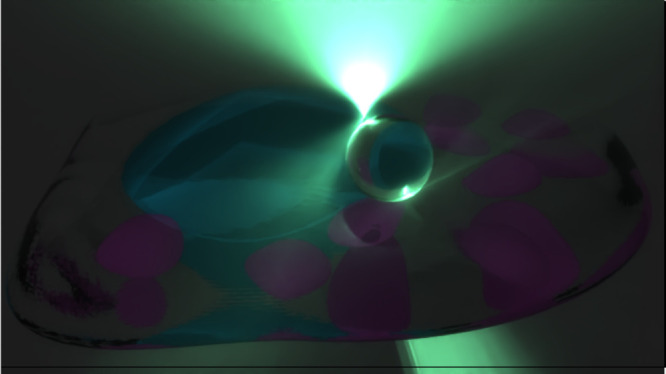- Record: found
- Abstract: found
- Article: found
Shining Light in Mechanobiology: Optical Tweezers, Scissors, and Beyond

Read this article at
Abstract

Mechanobiology helps us to decipher cell and tissue functions by looking at changes in their mechanical properties that contribute to development, cell differentiation, physiology, and disease. Mechanobiology sits at the interface of biology, physics and engineering. One of the key technologies that enables characterization of properties of cells and tissue is microscopy. Combining microscopy with other quantitative measurement techniques such as optical tweezers and scissors, gives a very powerful tool for unraveling the intricacies of mechanobiology enabling measurement of forces, torques and displacements at play. We review the field of some light based studies of mechanobiology and optical detection of signal transduction ranging from optical micromanipulation—optical tweezers and scissors, advanced fluorescence techniques and optogenentics. In the current perspective paper, we concentrate our efforts on elucidating interesting measurements of forces, torques, positions, viscoelastic properties, and optogenetics inside and outside a cell attained when using structured light in combination with optical tweezers and scissors. We give perspective on the field concentrating on the use of structured light in imaging in combination with tweezers and scissors pointing out how novel developments in quantum imaging in combination with tweezers and scissors can bring to this fast growing field.
Related collections
Most cited references254
- Record: found
- Abstract: not found
- Article: not found
Observation of a single-beam gradient force optical trap for dielectric particles
- Record: found
- Abstract: found
- Article: not found
Effects of extracellular matrix viscoelasticity on cellular behaviour
- Record: found
- Abstract: found
- Article: not found